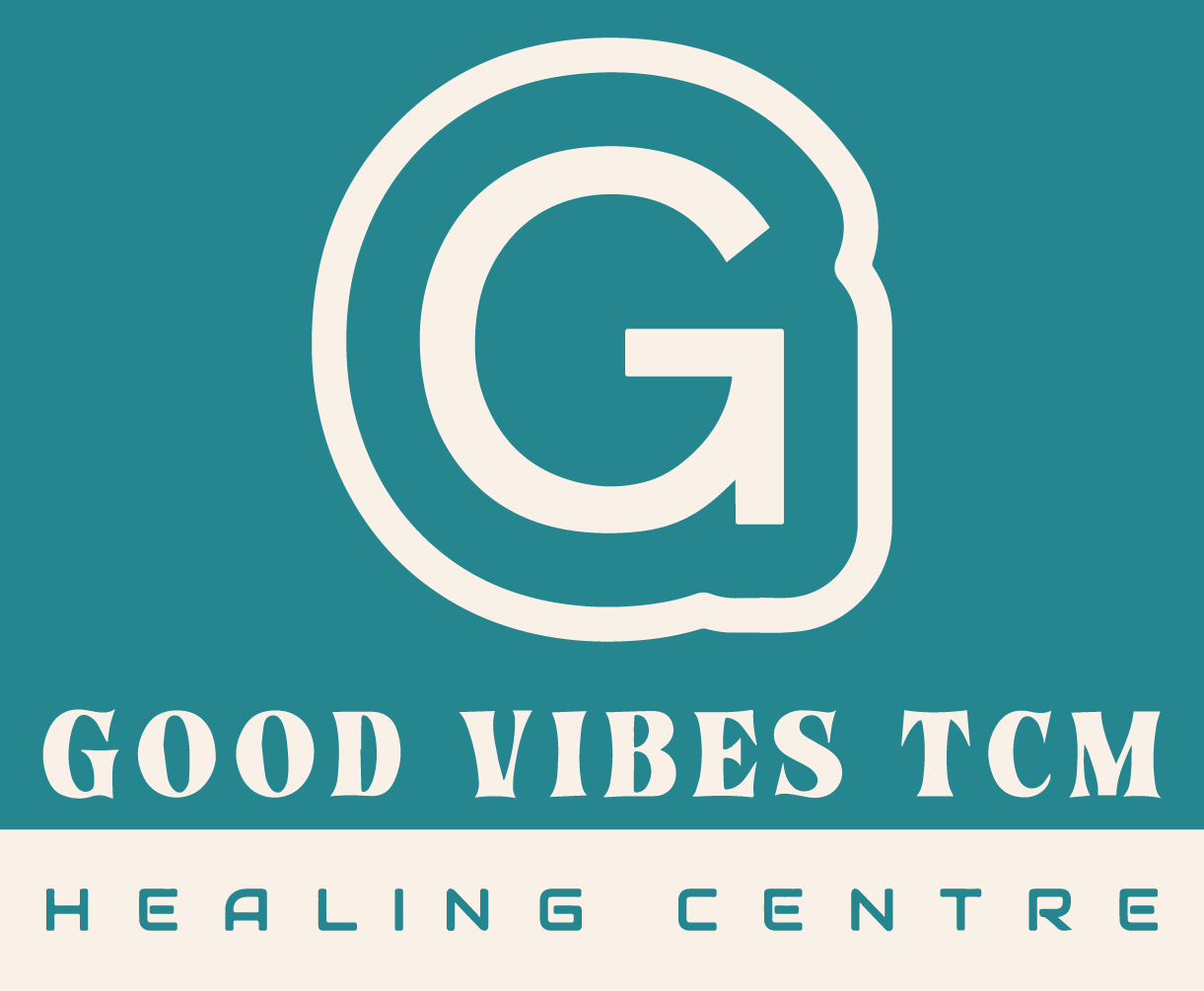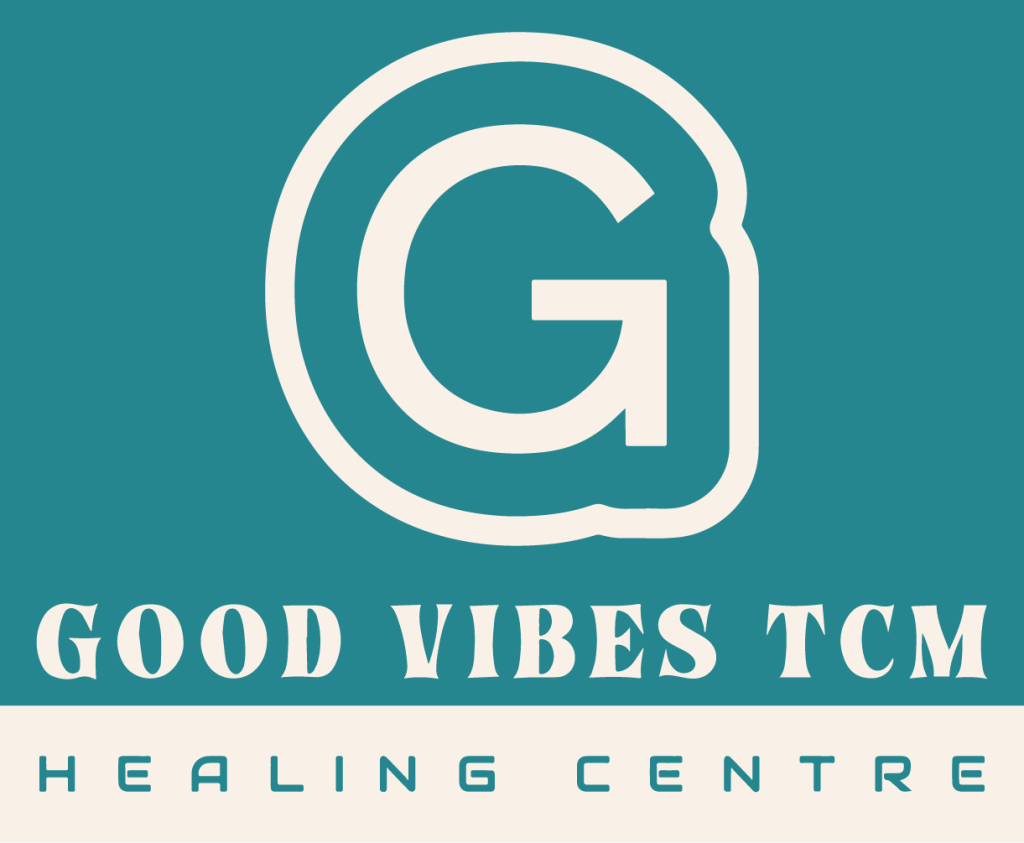
Stroke is the second leading cause of death worldwide, according to the World Health
Organization (WHO). Survivors often face long-term symptoms such as paralysis, numbness,
severe dizziness, aphasia (difficulty speaking), and dysphagia (difficulty swallowing).
Strokes are generally classified into two types:
● Ischemic stroke: Caused by blood clots or other obstructions that block blood vessels
leading to the brain.
● Hemorrhagic stroke: Occurs when a blood vessel in the brain leaks or ruptures. The
leaked blood increases intracranial pressure, damaging brain tissue.
Scalp acupuncture is an evidence-based therapy that has shown promise in treating
stroke-related symptoms. It combines Traditional Chinese Medicine (TCM) principles with a
neurological approach by stimulating specific functional zones of the brain via the scalp. These
zones include:
● Motor area
● Sensory area
● Chorea/tremor control area
● Speech area
● Vertigo/auditory area
● Praxis area
● Balance area
● Vision area
Unlike traditional body acupuncture, scalp acupuncture involves inserting needles between the
skin and the cranium, rather than at fixed body points. It also requires intensive needle
manipulation: practitioners twirl the needles approximately 200 times per minute for 2–3
minutes, at 10-minute intervals. Patients are encouraged to actively participate by moving the
affected body parts, either independently or with assistance.
There are six commonly used needling methods in scalp acupuncture:
1. Triple method
2. Adjacent method
3. Parallel method
4. Opposing method
5. Crossing method
6. Relay method
Key Considerations for Scalp Acupuncture in Stroke Recovery
1. Timing: Early intervention generally yields better results. However, in hemorrhagic stroke
cases, treatment should only begin once the patient has stabilized.
2. Combination Therapy: Scalp acupuncture is most effective when combined with other
TCM modalities such as body acupuncture, auricular (ear) acupuncture,
electro acupuncture, and bleeding cupping.
Clinical Case Studies
● Case 1: A 50-year-old male reported numbness from hip to ankle, years after a fall and
high blood pressure diagnosis. Within minutes of scalp acupuncture targeting the foot
motor-sensory zone, he experienced significant relief.
● Case 2: A 60-year-old male with a stroke history reported improved sleep and reduced
numbness after a single session of acupuncture (targeting Shi Xuan and Qi Duan points)
combined with bleeding cupping near the T5 vertebra. After ten treatments, he regained
the ability to hold a pencil with much more control.
Take the Next Step Toward Recovery
Acupuncture can significantly support stroke recovery, especially when integrated with both
Traditional Chinese Medicine and Western approaches. Improve your health today by booking
an appointment with Philip Wu, Registered Traditional Medicine Practitioner at Good Vibes TCM
Healing Centre.
Our clinic in Surrey offers comprehensive acupuncture services tailored to a wide range of
conditions.
📞 Call us at 604.496.3456 or
📅 Book online today!

